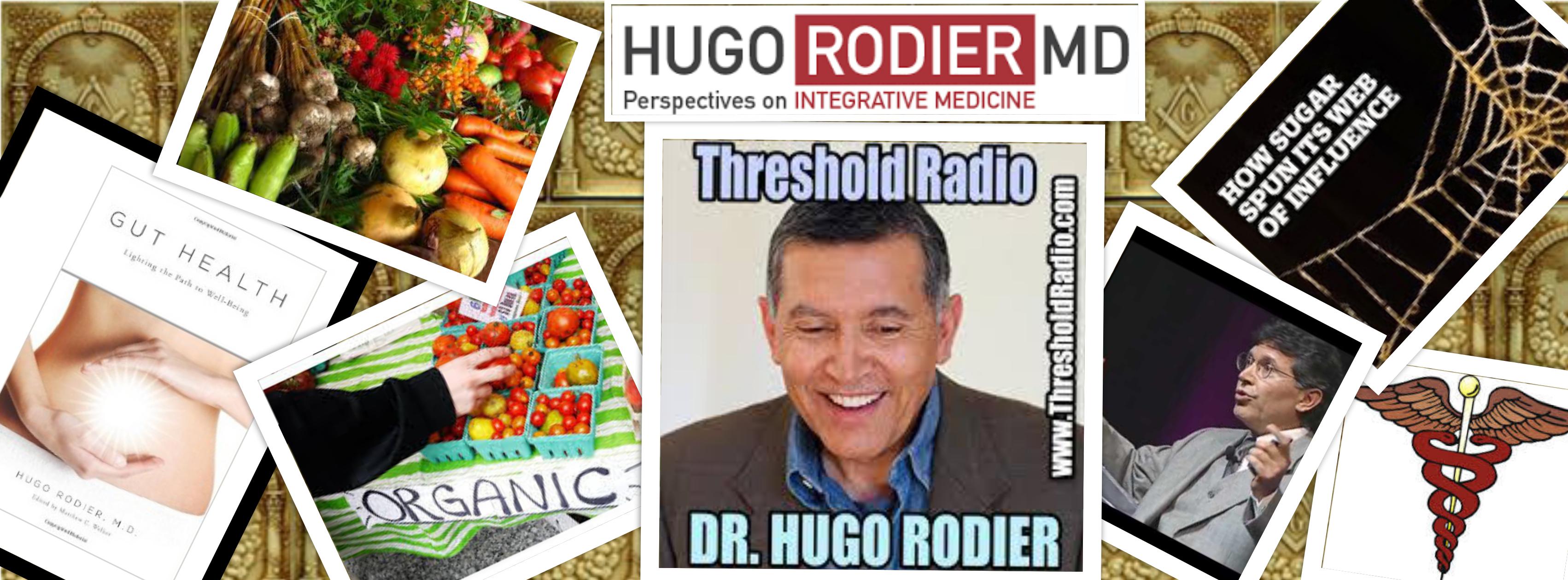AN INTEGRATIVE VIEW OF SOY
Despite so many articles rehabilitating soy far too many people still believe it is harmful. The obvious truth appears to escape them: why would a crop enjoyed for millennia without any problems become a problem in the last few decades? The answer is simple: genetic manipulation and its manipulation to produce artificial fats.
Otherwise soy is a healthy crop consumed widely in Asia without any hormonal problems. Yes, it has PHYTOESTROGENS, just like linseed (flax), sesame seeds, wheat, berries, oats, barley, dried beans, lentils, yams, rice, alfalfa, mung beans, apples, carrots, pomegranates, wheat germ, rice bran, soy linseed bread, ginseng, etc. Are you going to stop consuming them, too?
The scientists who coined the term Phytoestrogens regrets it to this day. It created a storm of misunderstandings that has problem difficult to overcome in certain consumer circles. Soy has been blamed for menstrual irregularities and breast cancer. Interestingly, xenoestrogens in the environment, that is, toxins that have an estrogen effect in the body are seldom trotted out as more likely causes. This is the proverbial choking on gnats and swallowing camels.
Soy will not harm you, even when you already have breast cancer. If a person has a negative reaction to soy is because of allergies or sensitivities that have their genesis in the liver and the microbiome. People with poor bacterial balance in the gut develop allergies and many other issues that may cause any food, to be digested less optimally. In fact, the salutary effects of soy are due to its conversion to EQUOL in the gut.
If you eat soy that has been fermented and untouched by Monsanto (GMO) you are likely to do just fine.
References
“The Effects of Soy Isoflavones on Metabolic Status of Patients With Polycystic Ovary Syndrome,” JCEM 2016;101(9), pp. 3386–3394.
Soy isoflavone administration for 12 weeks in women with PCOS significantly improved markers of insulin resistance, hormonal status, triglycerides, and biomarkers of oxidative stress. Soy isoflavones administration for 12 weeks in PCOS women significantly improved markers of insulin resistance, hormonal status, triglycerides and biomarkers of oxidative stress.
“The Inhibition of Estrogenic Effects of Pesticides and Environmental Chemicals by Curcumin and isoflavonoids (soy),” J. Environmental Health Perspectives 1998;106:807
“Dietary intake and breast cancer among carriers and noncarriers of BRCA mutations in the Korean Hereditary Breast Cancer Study,” Am J Clin Nutr 2013 98: 1493
J.Menopause 2000;7:214. “Why would one view phytoestrogens (soy) as an alternative. Given what we know about the synergistic effects of multiple agents, I wonder how the combined use of phytoestrogens and hormones would affect postmenopausal women. Clinical science will likely move away from looking at single agents…[and study the] effects of combinations of agents and behaviors, looking to maximize synergism. This is the complimentary school of thought. Although such an approach requires more resources, complementary medicine is theoretically more powerful and more realistic because it more closely models behavioral reality.
WELCOME TO THE BRINK OF INTEGRATIVE SCIENCE
It is intrinsically appealing because it captures some of what we already intuit, which is that the whole is greater than the sum of the parts… Integrative Medicine is a critical undertaking that has enormous public health implications. We are moving beyond single agent paradigms. We are recognizing that health comes not from a single factor but from synergism of factors. Foods contain known and unknown nutrients. By extracting the presumed active ingredients, we may leave behind valuable constituents in the matrix. We are being forced to account for complexity.”
For more information, visit www.hugorodier.com

